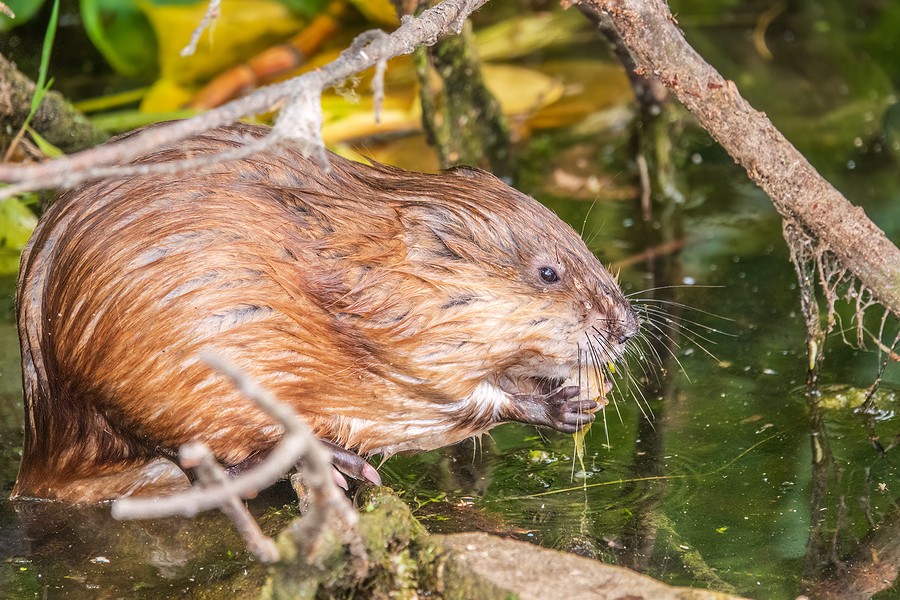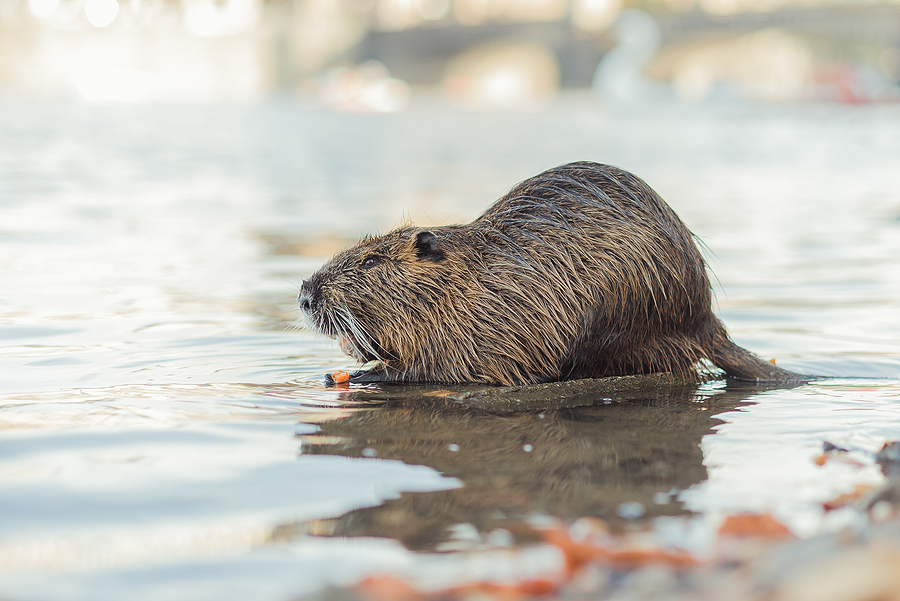Muskrats, often misunderstood creatures found meandering the wetlands, play a pivotal role in maintaining the health and vibrancy of aquatic ecosystems. Wildlife enthusiasts, environmentalists, homeowners, and nature lovers alike can benefit from a deeper understanding of these fascinating animals. This comprehensive guide sheds light on muskrats, their behavior, significance, and how we can coexist with them harmoniously.

Introduction to Muskrats: Overview and Significance in the Ecosystem
Muskrats (Ondatra zibethicus) are not rats, but rather, large aquatic rodents known for their ability to adapt and thrive in various wetland environments. Characterized by their dense fur, flattened tails, and webbed hind feet, muskrats are often found in ponds, lakes, and rivers across North America. Beyond their unique appearance, muskrats hold a significant place in the ecosystem, contributing to the health and diversity of wetland habitats.
Where They Live and How They Behave
Muskrats are highly adaptable creatures that call many aquatic environments home. They construct elaborate dens and lodges out of vegetation, which serve as protection against predators and harsh weather conditions. Understanding muskrat behavior is crucial for appreciating their role in the ecosystem and managing their populations effectively. These nocturnal animals are primarily herbivores, feeding on a variety of plant materials, which helps control aquatic vegetation growth.
Impact on Wetlands, Plant Life, and Wildlife
Muskrats play a critical role in wetland ecosystems. Their feeding habits contribute to the maintenance of open water areas, which are essential for other wildlife species and the overall health of wetlands. Furthermore, muskrat lodges provide habitat for other creatures, showcasing the interconnectedness of wetland ecosystems. However, their digging can also lead to challenges, such as destabilizing pond banks and levees.
Muskrats and Human Interaction
While muskrats are beneficial to their natural habitats, they can pose challenges for homeowners and land managers. Their burrowing habits can damage irrigation systems, levees, and pond dams, leading to conflicts. Effective muskrat control and management strategies are essential for mitigating these issues while ensuring ethical treatment and conservation of muskrat populations.
Balancing Muskrat Populations with Human Needs
Balancing the needs of muskrat populations with human interests requires a thoughtful and ethical approach. Conservation efforts aim to protect muskrat habitats and ensure their survival, while humane pest control measures help manage populations in areas where they conflict with human activities.
Coexisting with muskrats involves understanding their behavior and implementing strategies to prevent conflicts. Here are some tips for homeowners and land managers:
- Install barriers or fencing to protect sensitive areas from muskrat burrowing.
- Use muskrat repellents or deterrents to discourage them from certain areas.
- Maintain healthy aquatic vegetation to provide natural habitat for muskrats away from human structures.
Conclusion
Muskrats are more than just aquatic dwellers; they are an integral part of wetland ecosystems, contributing to the diversity and health of these habitats. By understanding muskrat behavior, their role in the environment, and implementing ethical management practices, we can ensure the sustainable coexistence of muskrats and humans.
Muskrat behavior, their impact on ecosystems, and effective, ethical management strategies are vital topics for anyone interested in wildlife conservation, environmental health, or property management. By fostering an understanding and respect for these creatures, we can work towards a future where humans and muskrats thrive together.
If you have any questions about muskrats, we are here to help! Contact Budget Animal Removal at 317-875-3099 for DNR licensed and insured muskrat removal and control in Indianapolis and its surrounding counties. Request a free estimate or advice, today!
Related Posts:
A Comprehensive Guide to Muskrat Removal and Control
Frequently Asked Questions About Muskrats
Facts About Muskrats to Protect Your Property From Damage


